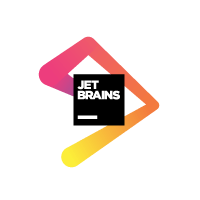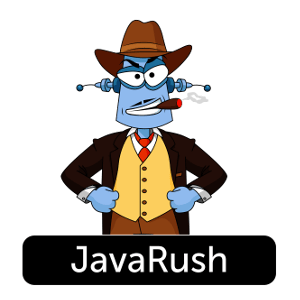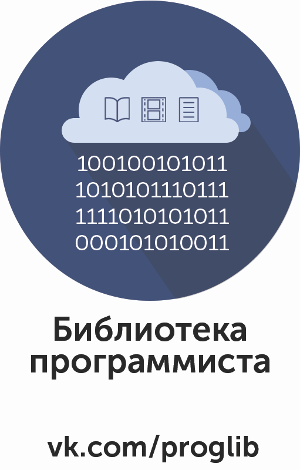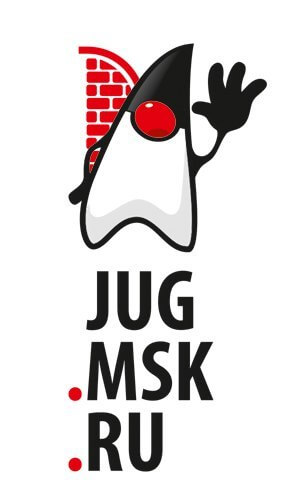Talks
HotSpot Intrinsics
By definition, intrinsics are functions which are handled specially by the compiler or the VM. The HotSpot virtual machine supports intrinsics for specific API functions in the interpreter as well as in the C1 and C2 JIT compilers. In general, intrinsics are a great possibility for optimization. But they also come at a certain cost. First of all, they are inherently platform and implementation dependent. If available, they can lead to consistency problems if they are implemented differently in the interpreter and the JIT compilers. Finally, they can change the program control (e.g. safepoint behavior) and observability (e.g. profiling, instrumentation) in subtle ways.
This talk will give an overview of the intrinsics currently available in the HotSpot VM. It will explain how their usage can be controlled, in which way they are implemented and how you can add an intrinsic for your favorite Java method.
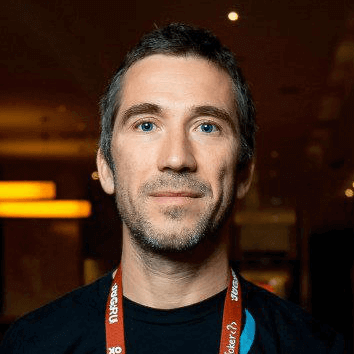
Volker Simonis works for SAP in the SAP JVM Technology group. He is an OpenJDK contributor from the very beginning and helped SAP and the SAP JVM team engage in the OpenJDK project. He's the project lead of the OpenJDK PowerPC/AIX porting project, a JDK8 committer and JDK9 reviewer.
How to Apply Big Data Analytics and Machine Learning to Real Time Processing
"Big Data" is currently a big hype. Large amounts of historical data are stored in Hadoop or other platforms. Business Intelligence tools and statistical computing are used to draw new knowledge and to find patterns from this data, for example for promotions, cross-selling or fraud detection. The key challenge is how these findings can be integrated from historical data into new transactions in real time to make customers happy, increase revenue or prevent fraud.
"Fast Data" via stream processing is the solution to embed patterns - which were obtained from analyzing historical data - into future transactions in real-time. This session uses several real world success stories to explain the concepts behind stream processing and its relation to Hadoop and other big data platforms. The session discusses how patterns and statistical models of R, Spark MLlib and other technologies can be integrated into real-time processing.
A brief overview of available open source frameworks and commercial products shows possible options for the implementation of stream processing, such as Apache Storm, Spark Streaming, IBM InfoSphere Streams, or TIBCO StreamBase.
A live demo shows how to implement stream processing, how to integrate machine learning, and how human operations can be enabled in addition to the automatic processing via a Web UI and push events.

Kai Wähner works as Technical Lead at TIBCO. Kai’s main area of expertise lies within the fields of Integration, Big Data, Analytics, SOA, Microservices, BPM, Cloud Computing, Java EE and Enterprise Architecture Management. He is speaker at international IT conferences such as JavaOne, ApacheCon or OOP, writes articles for professional journals, and shares his experiences with new technologies on his blog. Find more details and references (presentations, articles, blog posts) on his website.
Microservices and Containers in the Middleware World
Microservices are the next step after SOA: Services implement a limited set of functions. Services are developed, deployed and scaled independently. Continuous Integration and Continuous Delivery automate deployments. This way you get shorter time to results and increased flexibility. Containers improve these even more offering a very lightweight and flexible deployment option.
In the middleware world, you use concepts and tools such as an Enterprise Service Bus (ESB), Complex Event Processing (CEP), Business Process Management (BPM) or API Gateways. Many people still think about complex, heavyweight central brokers here. However, Microservices and containers are relevant not just for custom self-developed applications, but they are also a key requirement to make the middleware world more flexible, agile and automated.
This session discusses the requirements, best practices and challenges for creating a good Microservices architecture in the middleware world. A live demo with the open source PaaS framework CloudFoundry shows how technologies and frameworks such as Java, SOAP / REST Web Services, Jenkins and Docker are used to create an agile software development lifecycle to realize “Middleware Microservices”.
[an error occurred while processing the directive]





